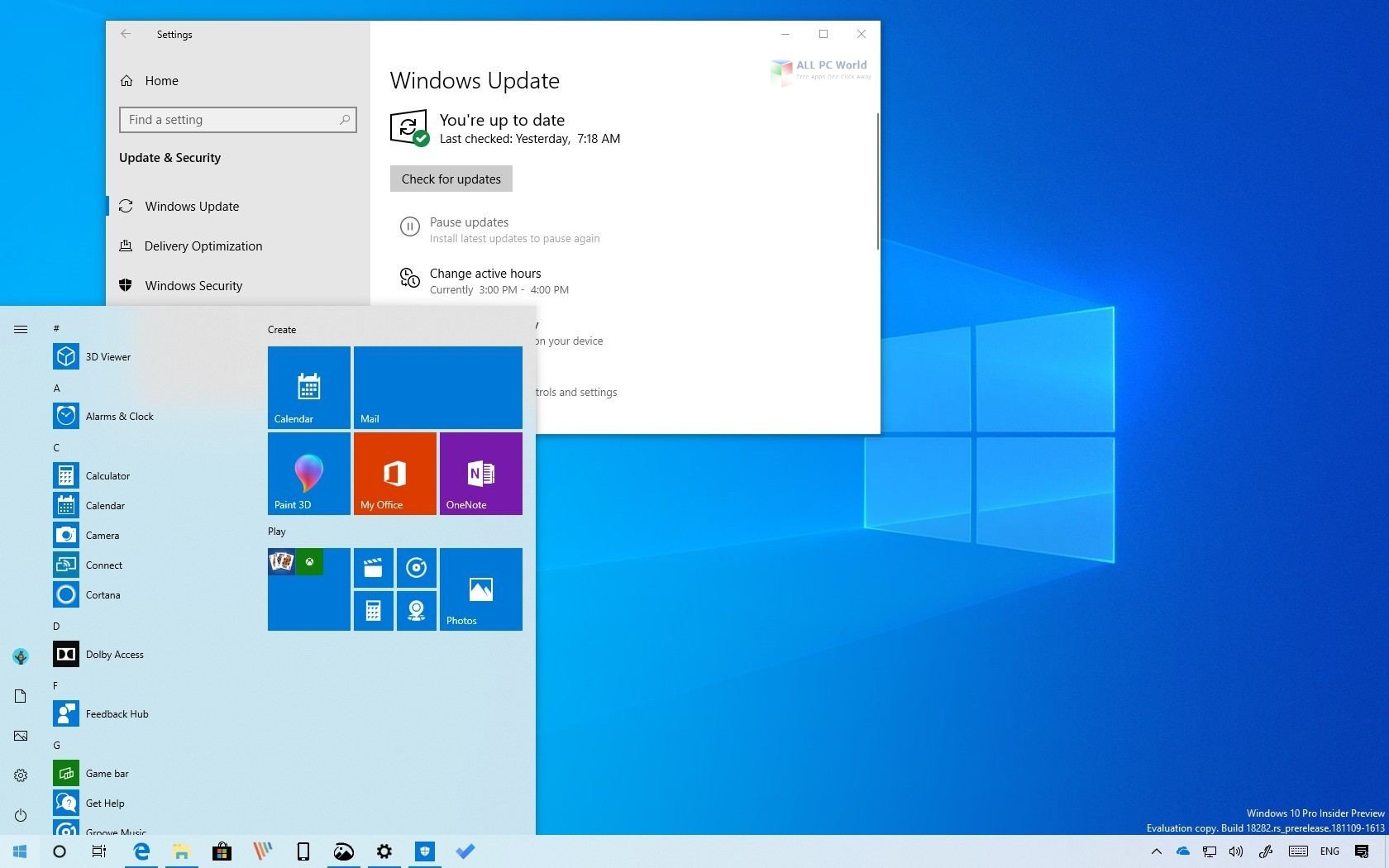

The uncoordinated nature of the PC game market make precisely assessing its size difficult. The demoscene originated from computer game cracking.

Emulators are able to play games developed for other platforms. Games utilizing 3D graphics generally require a form of graphics processing unit, and PC games have been a major influencing factor for the development and marketing of graphics cards. Microsoft Windows utilizing Direct3D has become the most popular operating system for PC games. Personal computers as well as general computer software are considered synonymous with IBM PC compatible systems while mobile devices – smartphones and tablets, such as those running on Android or iOS platforms – are also PCs in the general sense as opposed to console or arcade machine. They are enjoying a resurgence in popularity since the mid-2000s through digital distribution on online service providers.

In the 1990s, PC games lost mass market traction to console games on the fifth generation such as the Sega Saturn, Nintendo 64 and PlayStation. Home computer games became popular following the video game crash of 1983, leading to the era of the "bedroom coder". Mainframe and minicomputer are precursor to personal computer games. Its defining characteristics include: more diverse and user-determined gaming hardware and software and generally greater capacity in input, processing, video and audio output. A personal computer game, also known as computer game or abbreviated PC game, is a electronic game played on a personal computer (PC) and form of video game.


 0 kommentar(er)
0 kommentar(er)
